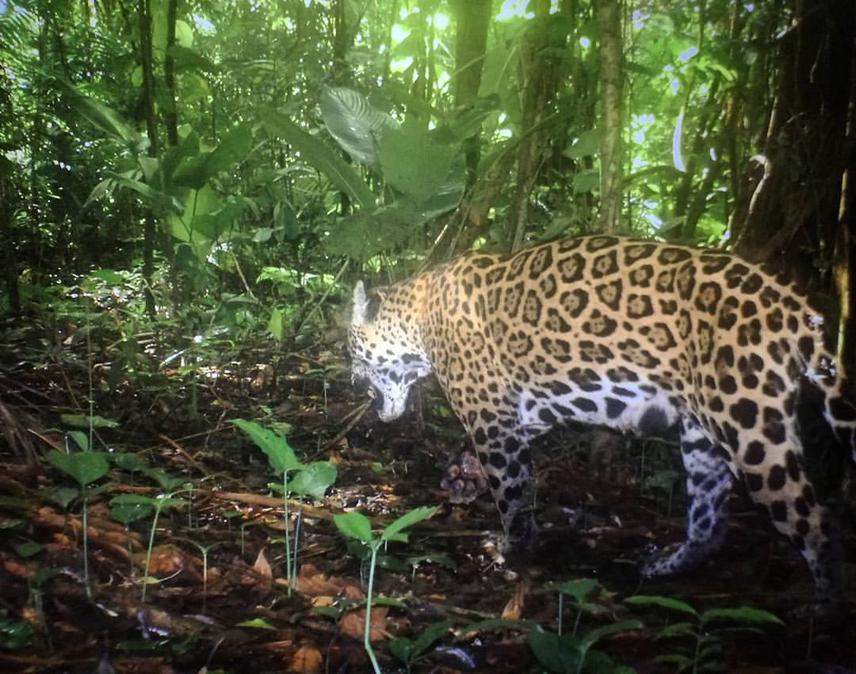Norma Patricia Arce Peña
The Lacandona rainforest is rapidly disappearing, threatening the maintenance of its very-high biodiversity. Terrestrial mammals play a key role in ecosystem functioning, but are strongly threatened by land-use changes. I will assess population tendencies of medium- and large-sized terrestrial mammals in the region (2011 to 2017) to identify the species that are being extirpated (losers), those that are proliferating (winners), and the main landscape predictors of such patterns. The ultimate aim is to assess the defaunation process at a regional scale, identifying patterns of biotic homogenization and differentiation, and some critical conservation and management strategies at the landscape scale.

The present study is focused on assessing land-use change patterns in a biodiversity hotspot- the Lacandona rainforest, Mexico- and the impact that such changes can have on the community of medium- and large-sized terrestrial mammals over 2011-2017. The study will achieve the following contributions:
(1) a detailed quantification (using satellite images and GIS) of the landscape spatial changes in the region from 2011 to 2017 (i.e. percentage of forest loss/gain, increase/decrease of forest fragmentation degree, changes in landscape connectivity and in forest edge density, and changes in matrix composition);
(2) a novel and large data base of the spatial distribution (i.e. forest patch occupancy) and relative abundance of each mammal species within each forest site (i.e. 24 forest patches, and 4 continuous forest sites) in 2017; and
(3) a population- and community-level assessment of the landscape metrics (i.e. landscape composition and configuration) that best predict population distribution and abundance, species richness and alpha- and beta-diversity.
I will identify the species that are being extirpated in the region, those that are proliferating, and those that have suffered no changes through time. This information is needed to prioritize conservation actions for each mammal species, not only based on population trends, but also on the response of each species to landscape changes. In addition, to quantify the patterns and predictors of defaunation in the region, I will assess the patterns and predictors of beta diversity to evaluate whether the mammal community is suffering a process of biotic homogenization (loss of beta) or differentiation (increase of beta), as well as the forest sites that maintain unique species, and those of particular conservation concern. For the surveys, we will use camera traps, placed in the centre of each forest patch (one camera-trap per site). To complement this sampling, we will also look for ground tracks and sightings. At the end of the surveys, workshops will be performed in five communities (Loma Bonita, Chajul, Galacia, Piru, and Flor de Marques) in the region in order to present the results of this project, as well as to raise community interest on conservation of biodiversity and create community monitoring capacities.